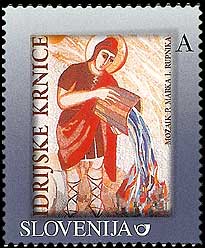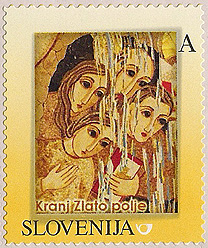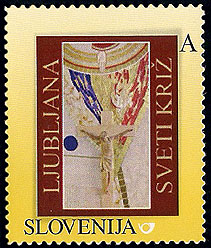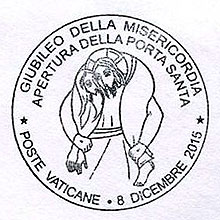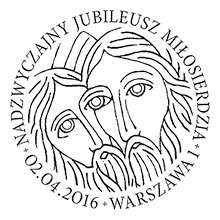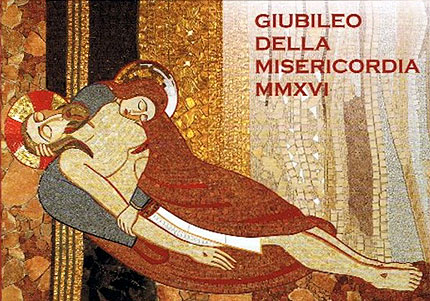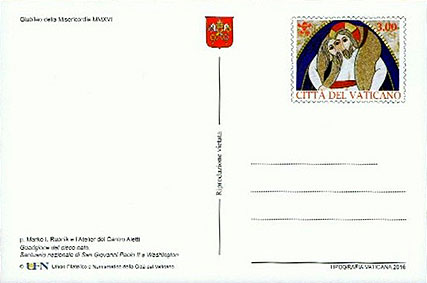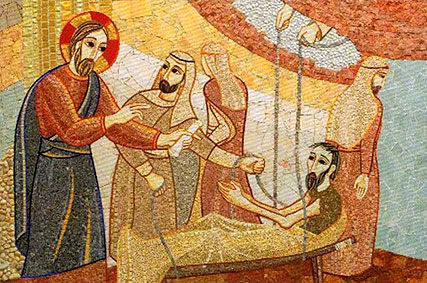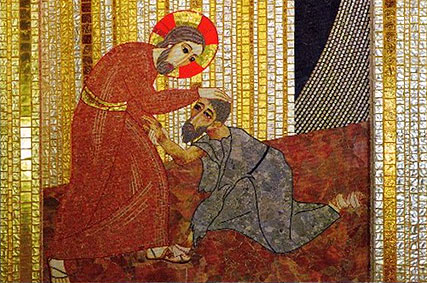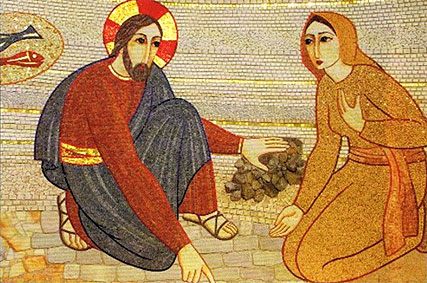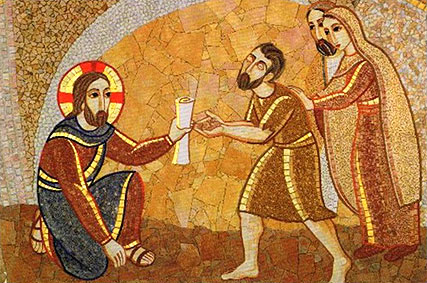Bernardo Bitti learned his art in Rome among the Mannerist painters who
followed in the train of Michelangelo. He entered the Jesuits in 1568
at the age of 20. He was sent to Peru, and arrived in Lima the first of
May in 1575 (forty years after the city's foundation). The following year
the viceroy sent him to Titicaca to be in charge of the local missions.
His works may be found in Lima, Arequipa, Cuzco, Huamanga, Puno, Juli,
La Paz, Chuquisaca, Potosí and elsewhere. He is considered to have
introduced Mannerism into South America. Art historian Manuel Soria called
him the best painter of sixteenth-century South America. According to
Ricardo Estrabidis Cárdenas, the presence of Bitti in America represents
evangelization by means of the image.

BOLIVIA, 1972, Olympics Munich 1972 souvenir sheets, Scott 548a
with Bitti's Madonna and Child with St. John


BOLIVIA, 1982 and 1987, Christmas souvenir sheets, with works of
Rubens and Drurer
and both with Bitti's Madonna and Child with St. John, Scott 548,
Michel B126 and B170
Brother
Emmanuel Pereira (Yu Wenhui), SJ
(1575-1633)


SOVEREIGN MILITARY ORDER OF MALTA, 2010, for the 4th centenary of
Ricci's death, and its FDI cancel,
featuring the 1610 portrait of Ricci, now in the sacristy of the Church
of the Gesù in Rome
Yu Wenhui, known by his Latinized name Emmanuel Pereira, was the first
Chinese to serve the Jesuits in China. He was born in Macao in 1575, converted
to Christianity and was sent to Japan in the 1590s to study at the art
school set up there by Giovanni Nicolao, SJ, returning to Ricci in 1598.
He is perhaps best known for his painting of Matteo
Ricci (above), done shortly after Ricci's death. Ironically, Ricci
thought his paintings mediocre and had sent another Chinese to Japan to
be trained to replace him. Pereira took his vows as a Jesuit brother on
Christmas 1617 in Japan, at a time when the Jesuits there were subject
to persecution or expulsion.























